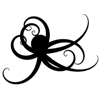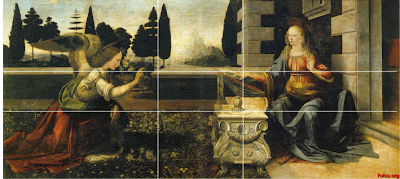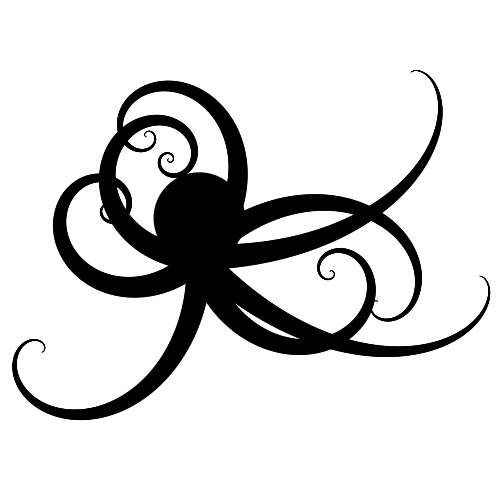Broadway Boogie Woogie is a Mondrian's description of
Colors: red, blue, yellow, white, and black.
Composition: symmetrical and grid-like structure, straight lines forming 90-degree angles.
Shapes: squares and rectangles.
Mondrian used straight lines to outline the streets. He colored the streets in yellow, allowing the viewers’ eyes to travel easily along the streets. In and around the intersections, darker squares are inserted to heavily contrast the bright yellow lines. When the eyes reach the dark colors, they stop in a short moment then continue along the yellow streets. By using color contrast, he gave the viewers the impression of the stop-and-go movement in
In addition, by using the colors, Mondrian also manipulated space. He used the dark and light colors to give the painting a bit of a 3D-sense. He used the brighter colors of yellow and red to give the impression of rising buildings and used the dark shades of blue to show the depth of the city details.
Besides, another aspect of the city that the color contrast portrays is the hustle and bustle of the big city
Outside of the lines is negative space. Mondrian used the negative space to balance the colors in the positive space and prevent it from being solid color and being harsh in the viewers’ eyes.







